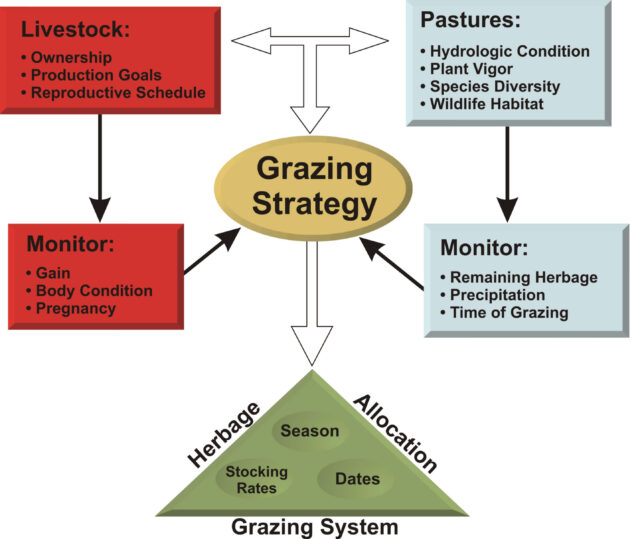Winter breeding management of chicks presents unique challenges to poultry farmers. Harsh weather conditions, decreased daylight hours, and fluctuating temperatures can affect the health and growth of chicks. However, with careful planning and appropriate strategies, it is possible to raise healthy and productive chicks during the winter season.
Selecting the Right Breed
The foundation of a successful winter breeding management program begins with selecting the appropriate breed of chickens. Some chicken breeds are more cold-hardy than others and better equipped to handle the challenges of winter. Use breeds known for their cold tolerance.
Shelter and Housing
Insulation: Insulated coops and brooders are essential for maintaining a comfortable temperature for chicks during winter. Proper insulation helps retain warmth and prevents drafts. Make sure to check for any cracks or gaps in the walls and seal them to prevent cold air from entering.
Adequate Ventilation: While insulation is crucial, maintaining proper ventilation is equally important. Good ventilation prevents moisture buildup, which can lead to respiratory problems in chicks. Ensure that the coop has vents or windows that can be adjusted to control airflow.
Heating: Consider using safe heating methods like heat lamps, brooders, or radiant heaters to maintain the right temperature for your chicks. It’s important to provide a warm, dry area where chicks can huddle to stay warm.
Bedding: Use appropriate bedding materials like straw, hay, or wood shavings to insulate the floor and provide a comfortable, dry environment for the chicks.
Litter Management: A good quality litter serves as an insulator in maintaining uniform temperature, also absorbs moisture and promotes drying. Around 6 inches of litter is needed in houses during winter. The litter gives warmth to the birds during winter.
Feeding
Adjusted Diet: Chicks require extra energy to keep warm during the winter. Adjust their diet to include a higher protein content to support their growth and maintenance of body temperature.
Fresh Water: Ensure that chicks have access to fresh and unfrozen water. Consider heated waterers to prevent freezing during the colder months.
Feeding Schedule: In winter, it’s advisable to provide multiple, smaller feedings throughout the day. Chicks can eat more during the daylight hours when it’s warmer, ensuring they have enough energy to withstand the cold nights.
Light Management
Reduced daylight hours in winter can affect chick development and egg production. To mitigate this:
Artificial Lighting: Install artificial lighting in the coop to simulate longer daylight hours. This encourages egg-laying and chick growth. Use timers to regulate lighting schedules.
Duration and Intensity: Aim for 14 to 16 hours of light per day with an intensity of at least 10-15 lumens per square foot. Ensure the light source is placed high enough to evenly distribute light throughout the coop.
Gradual Changes: When adjusting lighting schedules, make changes gradually to avoid stressing the chicks.
Health and Disease Management
Quarantine New Birds: If introducing new birds to your flock during winter, quarantine them to prevent the spread of diseases. This practice is especially crucial in confined winter conditions.
Regular Health Checks: Conduct frequent health checks on your chicks to catch any issues early. Address any signs of illness promptly to prevent the spread of diseases.
Vaccination: Follow a proper vaccination schedule to protect chicks from common diseases.
Adequate Space: Overcrowding can lead to stress and disease outbreaks. Ensure that there is enough space for your chicks to move around comfortably.
Biosecurity
Maintain strict biosecurity measures to prevent the entry of pathogens into your flock. Limit contact with wild birds and animals, practice good hygiene, and avoid sharing equipment with other poultry owners.
Emergency Preparedness
Be prepared for unexpected winter storms or power outages. Have a backup heat source, sufficient feed and water storage, and a plan in place to protect your chicks in case of extreme weather conditions. Winter breeding management of chicks requires attention to detail and a proactive approach to ensure the health and well-being of your flock. By selecting the right breed, providing proper shelter and nutrition, managing light and ventilation, and practicing good biosecurity, you can successfully raise healthy chicks even during the harshest winter conditions. With the right strategies and a commitment to their care, your chicks will thrive and provide you with the benefits of winter egg production and future generations of chickens.















